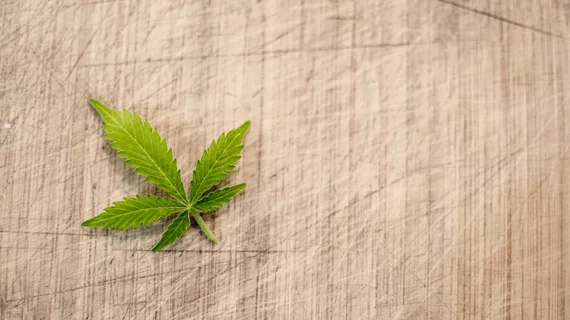And earlier research suggests bias in the testing: The authors of the study, published Thursday in the American Heart Association journal Stroke, suggested that bias in who gets a drug test following a stroke may be skewing the data, and they recommend developing more standardized guidelines for toxicology screening of stroke patients.
It is highly more likely that the smoking part is the problem, not the marijuana, and a huge majority of these were smokers(73.9%)
But this!
Pot Smoking Baby Boomers Are On The Rise, Why Are Scientists So Happy For Them? Hint: Benefits For The Aging Brain
Studies that showed improved memory, decreased brain inflammation and increased hippocampal neurogenesis in older brains after the daily stimulation of cannabinoid receptors.
And this:
Smoking Is Leading Predictor of Alzheimer’s Disease Resilience
And this:
The Experiments Revealing How Marijuana Could Treat Dementia
The latest here:
Risk of recurrent stroke 48% higher among young marijuana users

Young adults who regularly smoke marijuana may face an elevated risk of recurrent stroke, according to new data presented at the American Stroke Association’s International Stroke Conference 2022.
“Since marijuana use is more common among younger people and is now legal in several U.S. states, we felt it was crucial to study the various risks it may impose,” lead author Akhil Jain, MD, lead author of the study and a resident physician at Mercy Fitzgerald Hospital in Darby, Pennsylvania, said in a statement. “First-time stroke risk among cannabis users is already established, so it intrigued us to investigate whether continued marijuana dependence also predisposes younger people to develop further strokes.”
Jain et al. examined data from the National Inpatient Sample, focusing on more than 161,000 adult patients with a history of stroke or transient ischemic attack (TIA) who were hospitalized from October 2015 to October 2017. All patients were between the ages of 18 and 44 years old.
More than 4,500 patients included in the analysis were diagnosed with cannabis use disorder. The median age was 37 years old. These patients were more likely to be male (55.2% vs. 40.9%), smoke tobacco (73.9% vs. 39.6%) or be diagnosed with depression (20.4% vs. 16.1%). They were also much more likely to abuse alcohol (16.5% vs. 3.6%). Meanwhile, high blood pressure (53.1% vs. 55.6%), diabetes (16.3% vs. 22.7%), high cholesterol (21.6% vs. 24.1%) and obesity (12% vs. 19.6%) were all less likely among this patient population.
Overall, the team found, 6.9% of young adults with cannabis use disorder and a history of stroke or TIA were hospitalized for a recurrent stroke. Among patients who did not have cannabis use disorder, the rate was 5.4%.
After making multiple adjustments, the team added, patients with cannabis use disorder were a whopping 48% more likely to be hospitalized for recurrent stroke.
“Young marijuana users who have a history of stroke or TIA remain at significantly higher risk of future stroke,” Jain said. “Therefore, it is essential to increase awareness among younger adults of the adverse impact of chronic, habitual use of marijuana, especially if they have established cardiovascular disease risk factors or previous stroke episodes.”
No comments:
Post a Comment